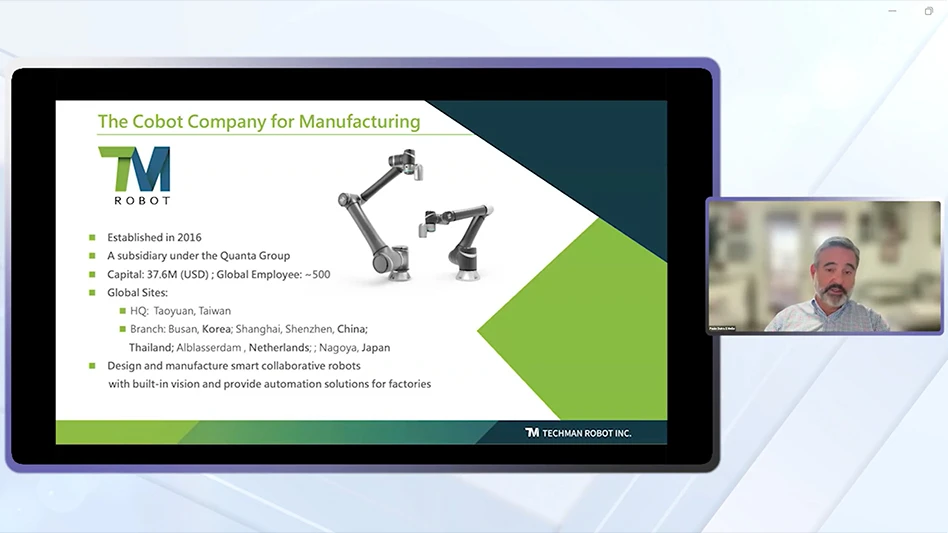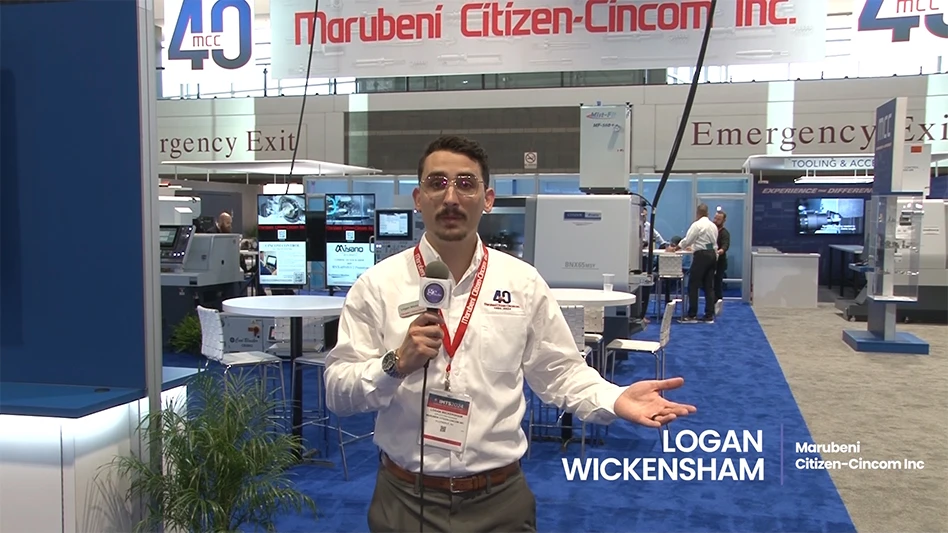
Toulouse, France – Airbus officials announced that the company has exceeded its targets for 2015, achieving a new record of 635 aircraft deliveries for 85 customers of which 10 are new. These deliveries comprise: 491 A320 family aircraft; 103 A330s; 27 A380s; and 14 A350 XWBs. This production achievement means that Airbus’ aircraft deliveries in 2015 were up for the 13th year in a row, surpassing the previous year-end delivery record of 629 aircraft – set in 2014.
Airbus also achieved 1,036 net orders from 53 customers (of which eight are new), comprising 897 single-aisle aircraft and 139 widebodies. The orders increased backlog by 401 aircraft. At 2015 year-end the overall backlog had climbed to a new industry record of 6,787 aircraft valued at US$996.3 billion at list prices.
Fabrice Brégier, Airbus president and CEO said: “This commercial and industrial performance unequivocally proves that global demand for our aircraft has remained resilient.” He added: “In 2015 Airbus has also laid firm foundations for the future, increasing the capability and variety of the aircraft which we can offer to our customers.”
Airbus accomplishments in 2015 included the A320neo being certified by the aviation authorities on both sides of the Atlantic. In addition, Airbus delivered 14 A350 airliners – just one shy of the 15 anticipated. Progress was made on the A350 program’s next variant, the A350-1000 – whose major components and structures are now taking shape across various production sites. Likewise, parts are now in production for the first A330neo – with the machining of its first engine pylon and center wing-box components. In addition, the flagship A380 program, 10 years after its first flight, reached break-even for the first time.
Another notable highlight was September’s official opening of the first Airbus factory in the U.S., at Mobile on Alabama’s Gulf Coast, where between 40 and 50 A320 family aircraft will be produced annually by 2018.
In China, additional orders for the A330 complements Airbus’s plans for a new A330 completion and delivery center in Tianjin and helps to smooth the transition toward the A330neo.
Also in 2015, Airbus launched three new incremental aircraft developments which include: the long-range version of the A321neo which will offer transatlantic operation; the regional version of the A330 which is optimized to seat up to 400 passengers on missions up to 3,000nm; and the ultra-long-range version of the A350-900, capable of 19-hour flights.
The company also opened its BizLab in Bangalore, India – its third after Toulouse, France and Hamburg, Germany – adding to its global network of business accelerators.
During the 1 hour-13 minute press conference on Jan. 12, 2016, Brégier highlighted some of Airbus’ supply chain strategies, including dual-sourcing of critical components. He also publicly chided supplier Zodiac for its delays in supplying seats and lavatories, noting the supplier had already been informed of Airbus’s impatience.
In another announcement, it was revealed that Airbus has increased the average list prices of its aircraft by 1.1% across the product line, effective Jan. 1, 2016. The price increase, calculated according to Airbus’ standard yearly escalation formula, takes into account the drop in materials and commodities prices.
“Our new 2016 price increase reflects the strong appetite from customers around the globe for Airbus’ comprehensive, modern, and innovative product range,” said John Leahy, Airbus chief operating officer, customers.
Source: Airbus
Latest from Aerospace Manufacturing and Design
- Tungaloy’s TungBoreMini drilling and turning tool
- 3 Questions with an Expert: Mitutoyo
- Optimize your manufacturing applications with the right metrology tools
- Navigating today’s supply chain
- Piper Aircraft Inc. achieves AS9100 Certification
- Kyocera SGS' KGZ precision cut-off solutions
- Bridging the Skills Gap: A Solution for Today’s Labor Shortage
- Molex to acquire AirBorn





